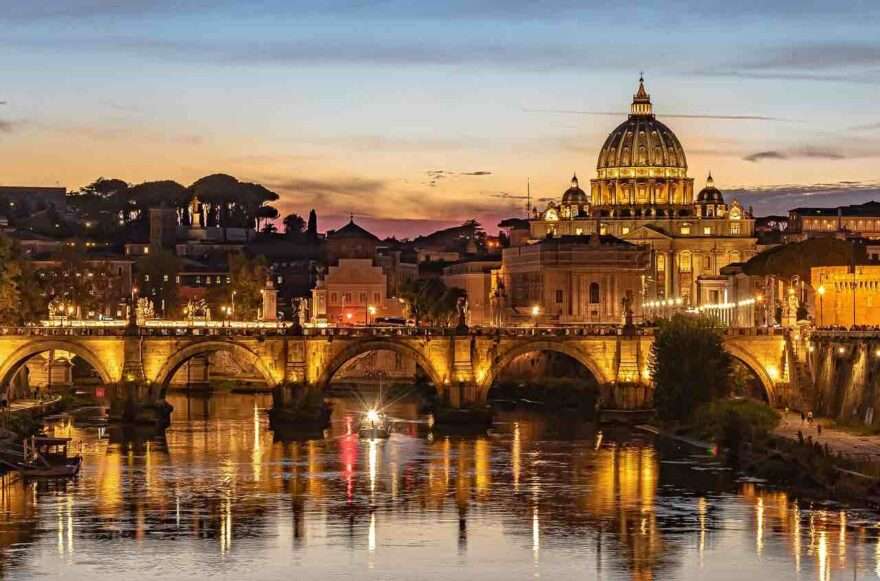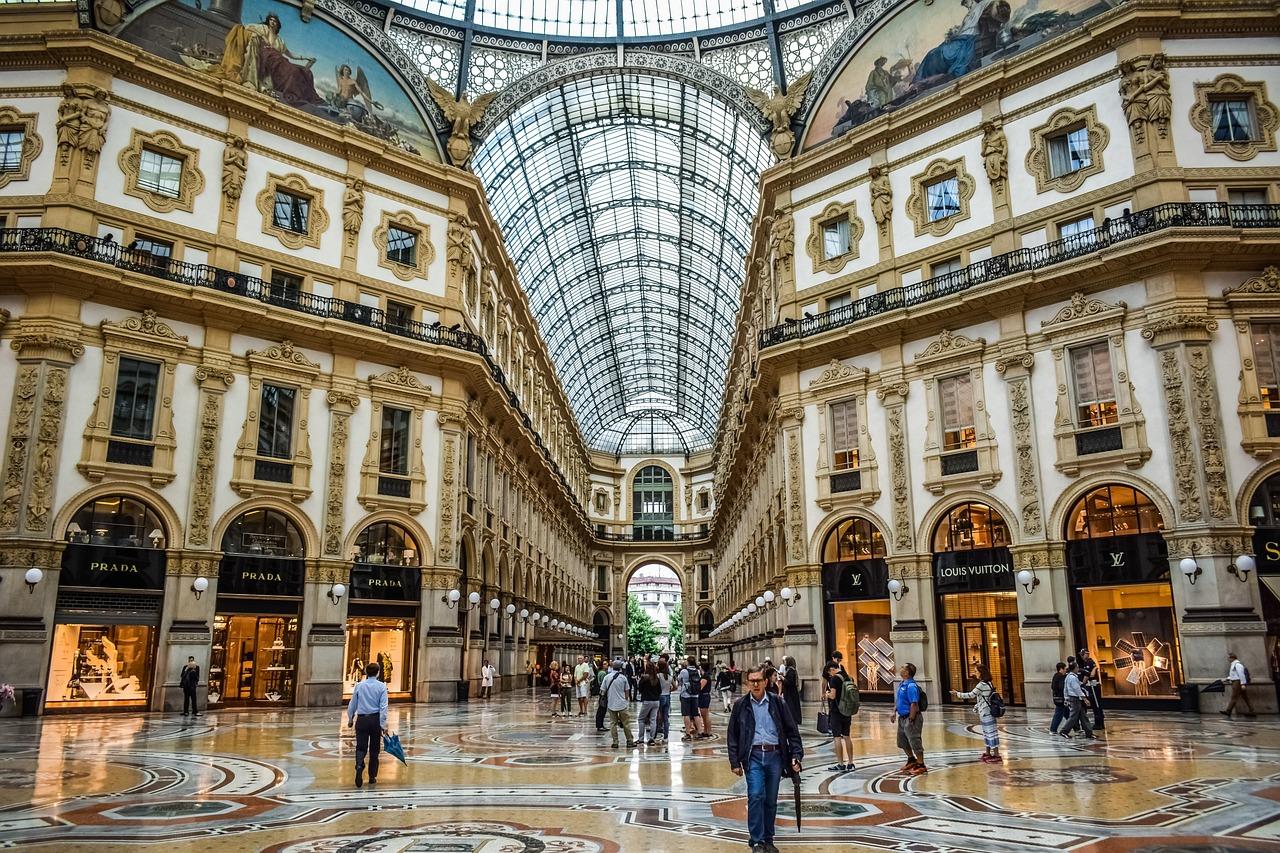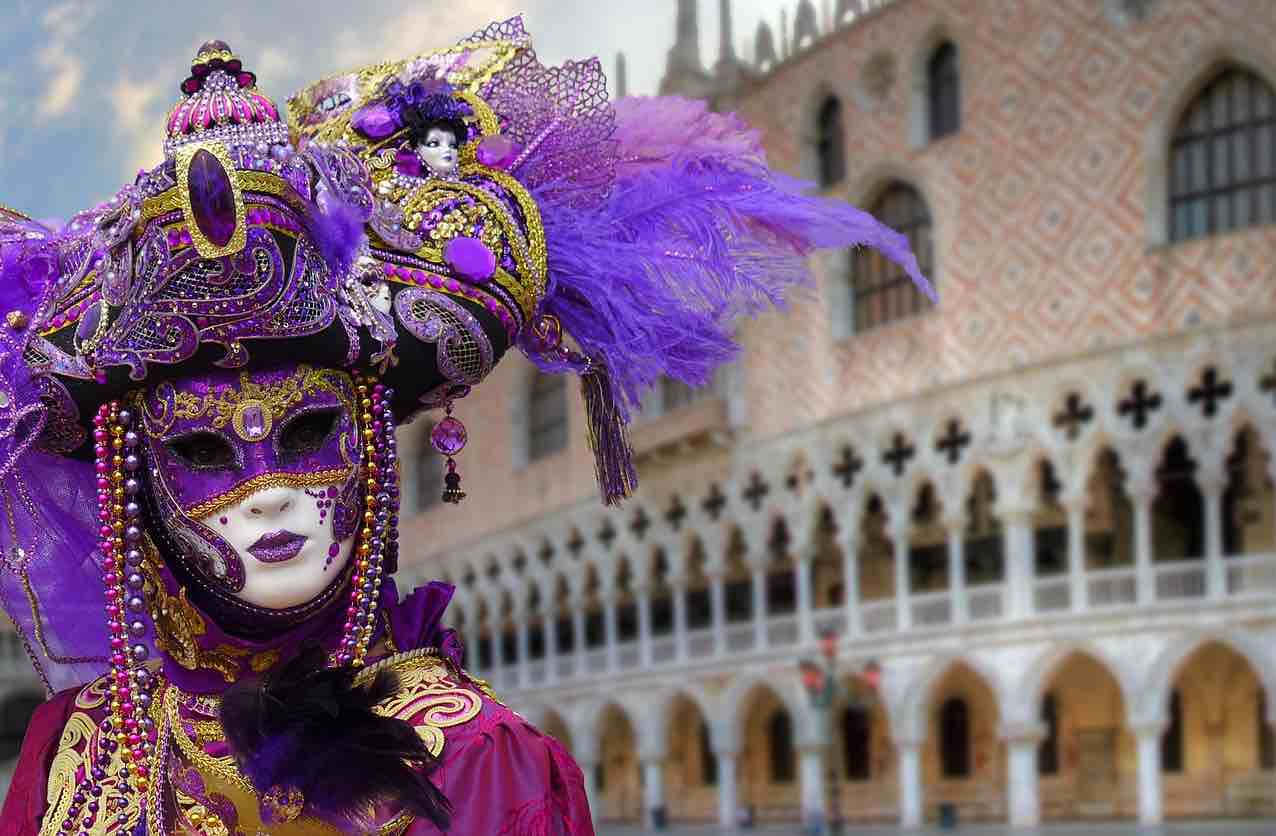Table of Contents
Best time to visit Italy
Deciding when to visit Italy is crucial for ensuring a memorable and enjoyable trip. Italy’s climate varies greatly depending on the region and time of year, and the country experiences different tourist seasons. Consider the following factors when determining the best time for your Italy trip:
| Spring (March to May) | This is an ideal time to visit Italy, as temperatures are mild and the landscape is in full bloom. Spring offers pleasant weather for sightseeing, with temperatures ranging from 50°F to 70°F (10°C to 21°C). It is the best time for festivals, flowers and local produce. Keep in mind that the weather may be unpredictable, with occasional rain showers. |
| Summer (June to August) | Italy’s peak tourist season occurs during the summer months. Expect hot temperatures, especially in southern Italy and major cities like Rome and Florence. Temperatures can soar up to 90°F (32°C) or higher during the day. This is an excellent time to visit coastal regions and beaches but be prepared for large crowds at popular tourist destinations. |
| Autumn (September to November) | Fall is another lovely time to visit Italy, with temperatures cooling down from the summer heat. The countryside is adorned with vibrant autumn colors, and the grape harvest season provides a unique experience for wine enthusiasts. Temperatures range from 45°F to 70°F (7°C to 21°C) and can be quite comfortable for exploring cities and towns. |
| Winter (December to February) | If you’re a winter sports enthusiast, Italy’s northern regions and the Alps offer excellent skiing and snowboarding opportunities. However, expect cold temperatures, especially in northern Italy, and shorter days with less daylight for sightseeing. Many attractions may also have reduced hours or be closed during the winter months, especially for those coastal and mountainous areas. However, some tickets are sold cheaper comparing to high season. |
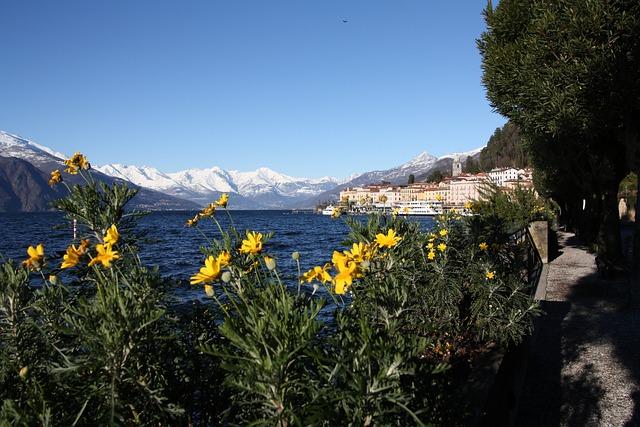
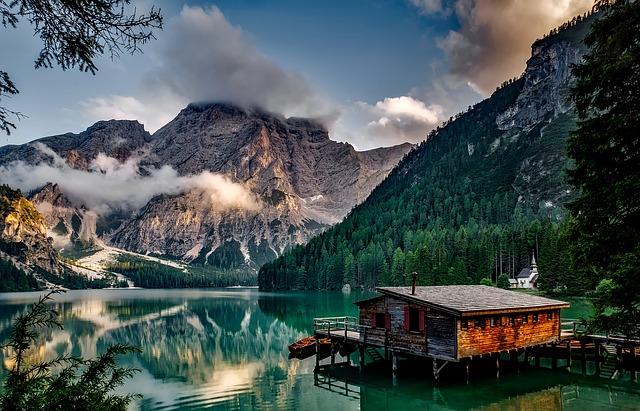
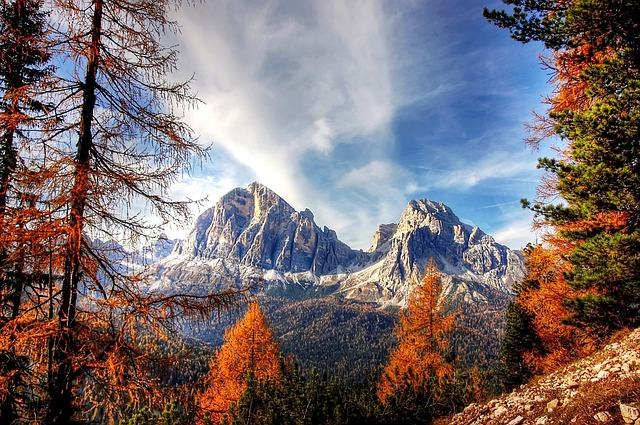
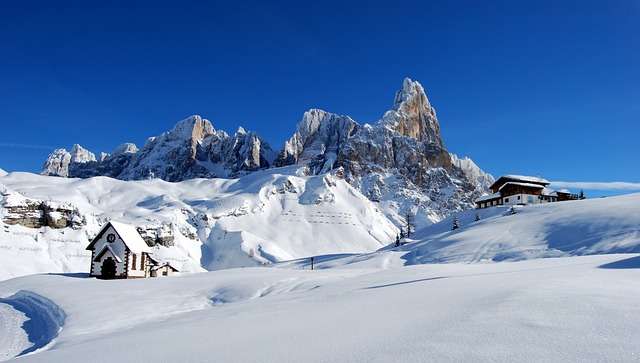
Peak tourist seasons vs. off-season travel
Peak season (June to August)
– Italy’s peak tourist season corresponds with the summer months.
– While the weather is generally favorable, expect large crowds, long lines at popular attractions, and higher accommodation and flight prices.
– If you plan to visit during this time, book accommodations and attractions well in advance.
Shoulder season (April to June and September to October)
– Traveling during the shoulder season offers a balance between pleasant weather and smaller crowds.
– Prices for accommodations and flights may also be more affordable than during the peak season.
– This is an excellent time to explore Italy’s cities, countryside, and coastal regions.
Off-season (November to March)
– If you prefer to avoid crowds and are willing to brave cooler temperatures, the off-season might be the perfect time for your Italy trip.
– Be prepared for reduced hours at some attractions, but enjoy lower prices for accommodations and flights.
– Keep in mind that the Christmas and New Year holidays can still be busy in major cities, with festive events and celebrations.
Top Tips
- Prefer to visit in spring and autumn which is less crowd and nice temperature;
- Exchange cashs before your trip. Most of the major banks exchanges for free, but it can take several business days. If you exchange in currency exchange in the tourist destination, the rate is bad and you will only receive about 80-85% of those official exchange rate.
- Always carry some Euros and coins. Some public toilet and gas station don’t accept credit cards;
- We suggest preorder tickets for some popular destinations, especially in peak seasons;
- Inform your credit card / debit card company about your travel;
- Make sure your cellphone plans works in Italy. Some choices are: 1) turn on Roaming plan; 2) use Google Fi; 3) Buy a Cellphone plan from Italy company;
- Pre-download offline Google Maps or other maps;
- Bring travel plug adapter for international travel;
- Double-check your passport’s validity and make sure your passport is valid for at least 6 months past your arrival dates;
- Make sure you have applied Schengen VISA or your country on the VISA waiver list;
Tourist Destinations
When planning your trip to Italy, selecting the right destinations is essential to ensure a memorable experience. With a vast array of cities, regions, and attractions to choose from, it’s crucial to prioritize your interests and consider the length of your stay. Here are some tips to help you choose the perfect destinations for your Italy trip:
Famous cities and attractions
Italy is home to numerous world-renowned cities and attractions that should not be missed:
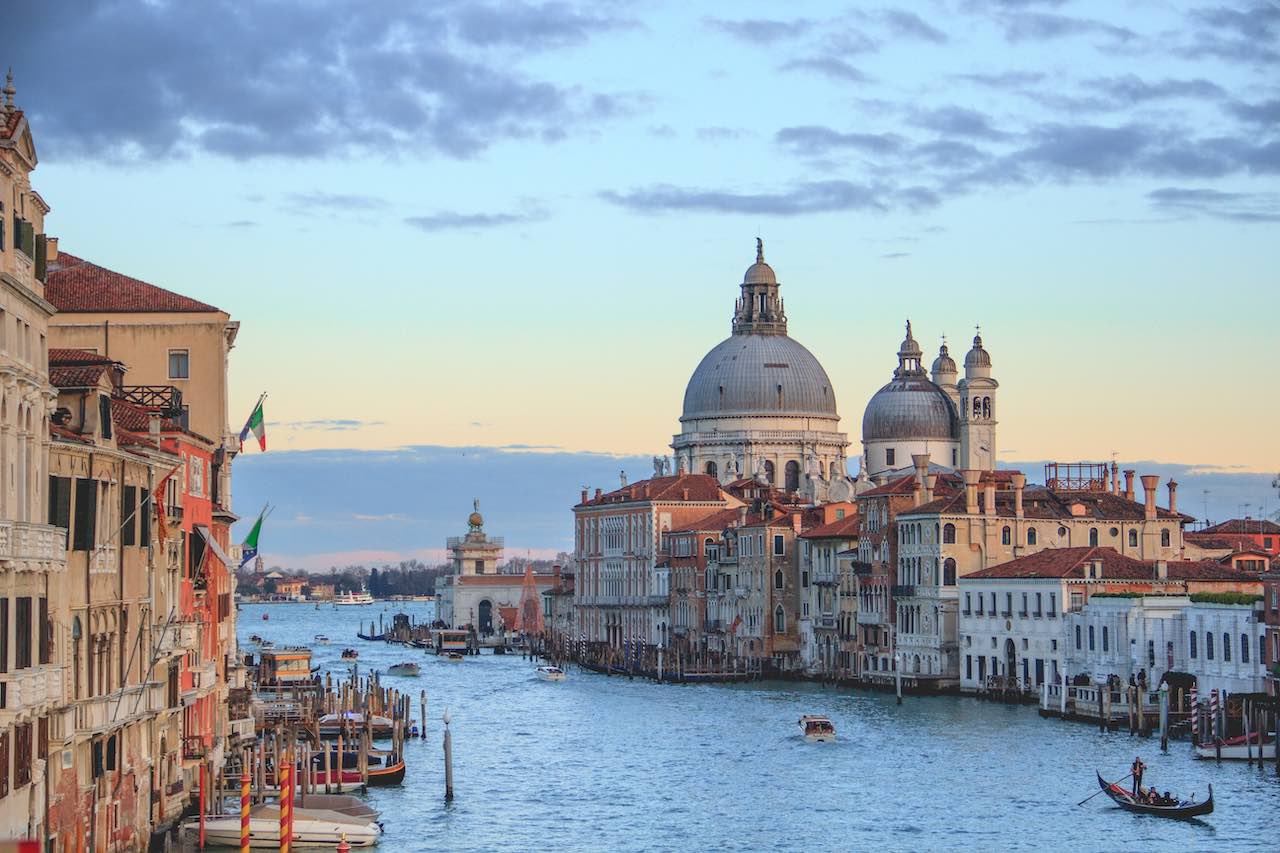
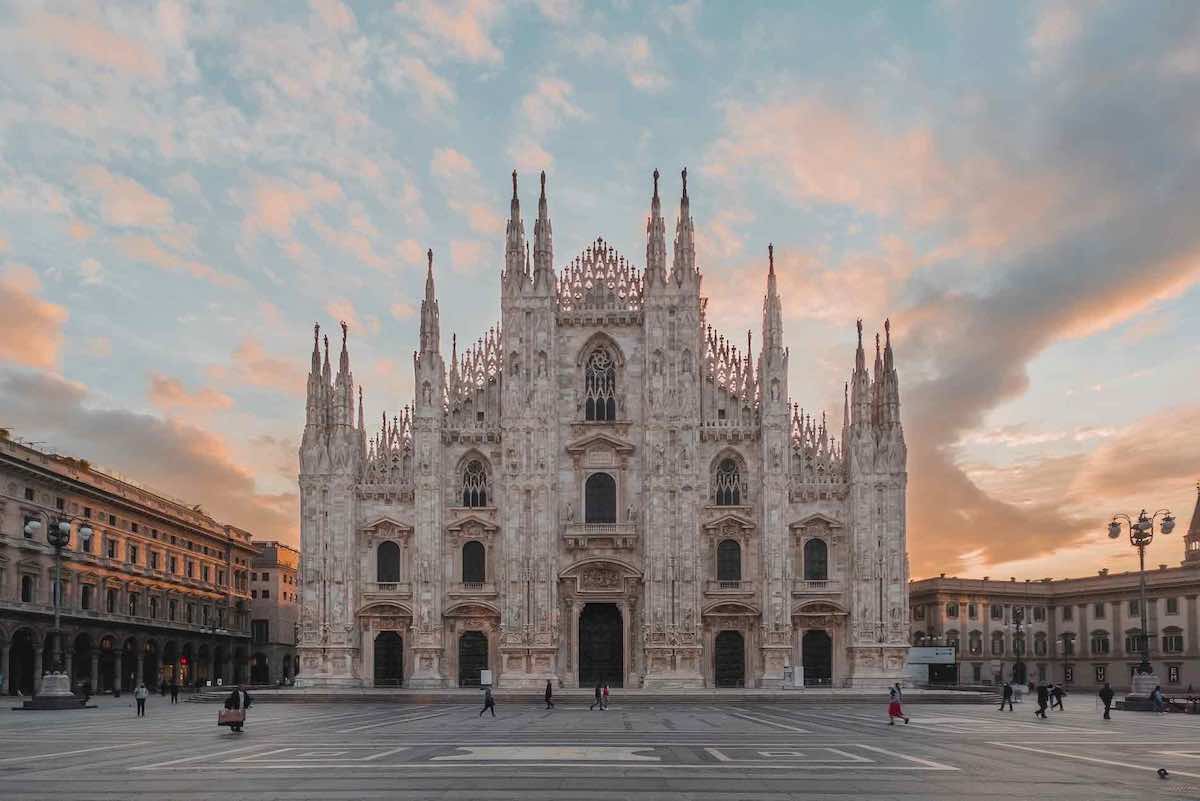
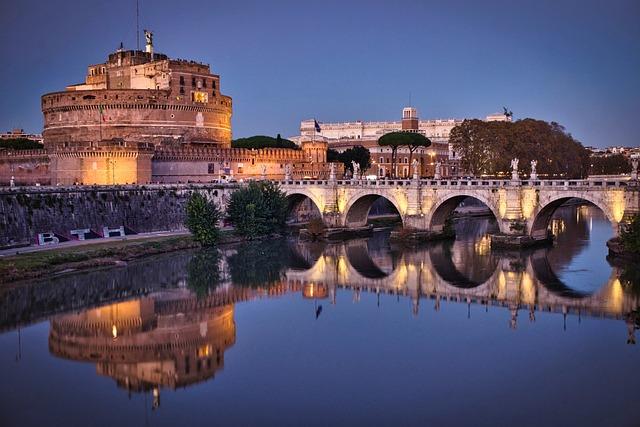
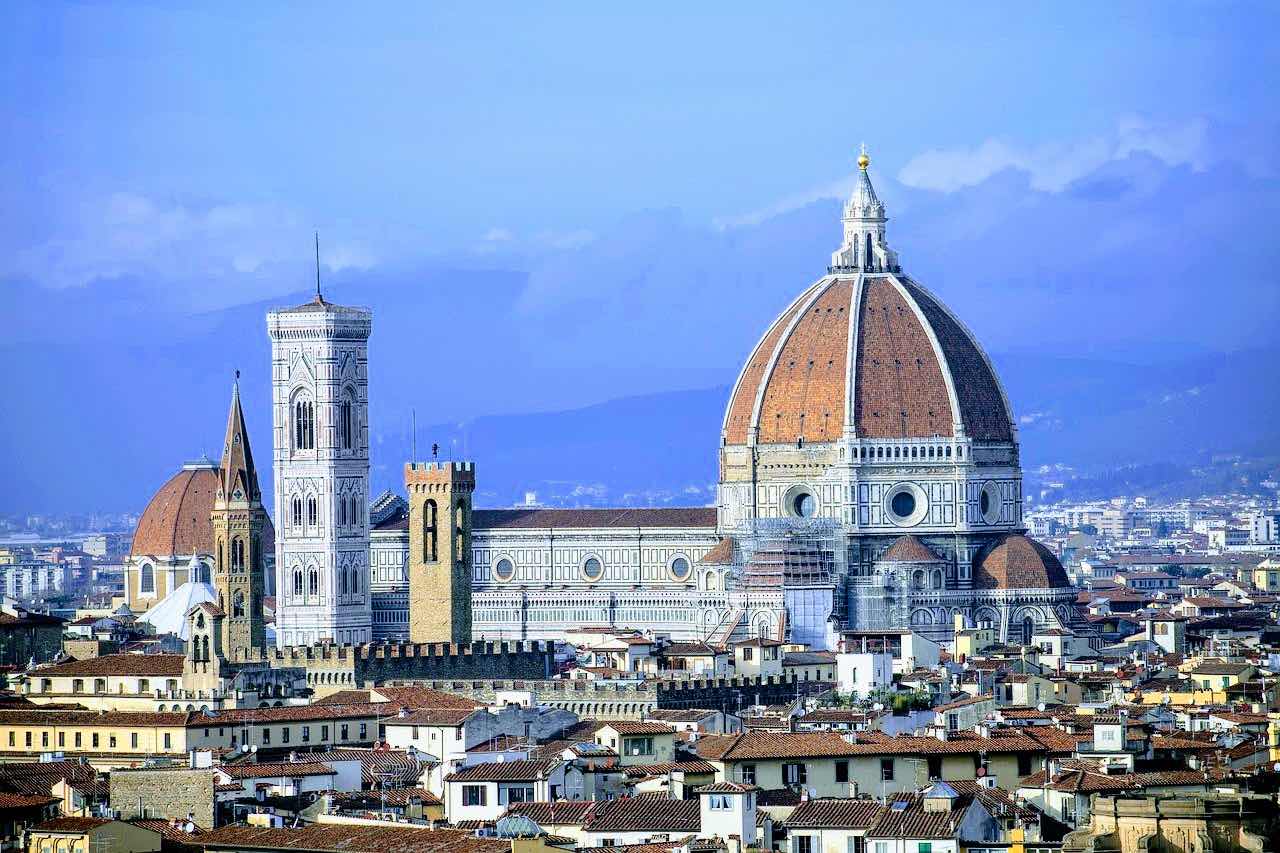
- Rome: The capital city of Italy, Rome is steeped in history and boasts iconic landmarks such as the Colosseum, Roman Forum, Pantheon, and Vatican City. This bustling city offers a mix of ancient ruins, Baroque architecture, and modern-day Italian culture.
- Venice: Known for its romantic canals and narrow winding streets, Venice is a city built on water. Explore St. Mark’s Square, the Doge’s Palace, and the Rialto Bridge, or take a gondola ride through the city’s enchanting waterways.
- Florence: As the birthplace of the Italian Renaissance, Florence is a must-visit for art and history enthusiasts. The city is home to the stunning Duomo, Uffizi Gallery, and Ponte Vecchio, as well as countless other museums and churches.
- Milan: A global fashion and design capital, Milan is the perfect destination for shopping and contemporary culture. Don’t miss the stunning Gothic Cathedral, or Duomo, and Leonardo da Vinci’s Last Supper.
- Naples and the Amalfi Coast: The vibrant city of Naples is the gateway to the stunning Amalfi Coast, with its picturesque coastal towns and breathtaking views. Visit Pompeii, the ancient Roman city preserved under volcanic ash, and the beautiful island of Capri.
Lesser-known hidden gems
While Italy’s famous cities are undoubtedly worth visiting, consider exploring some of the country’s lesser-known regions and hidden gems for a more authentic experience:
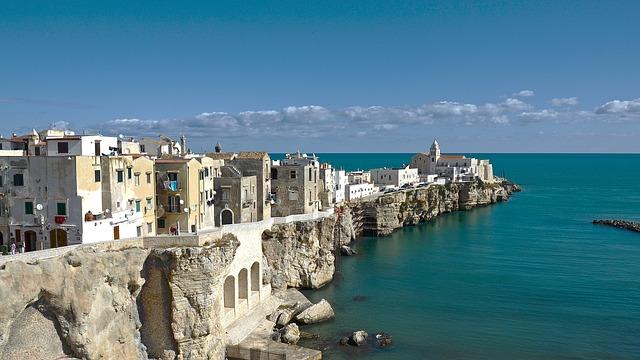
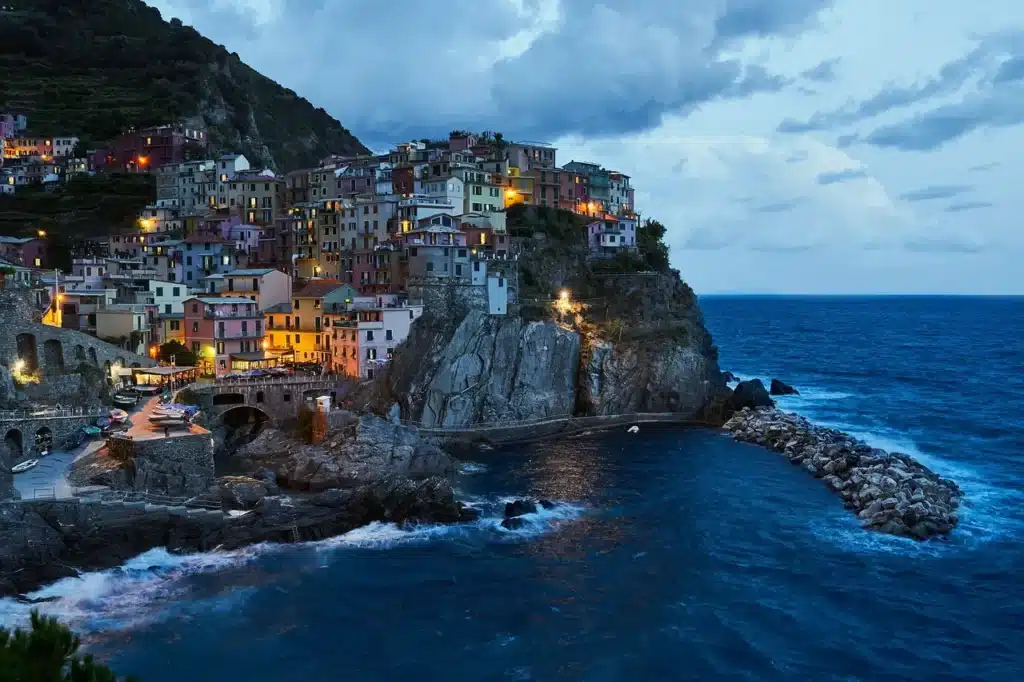
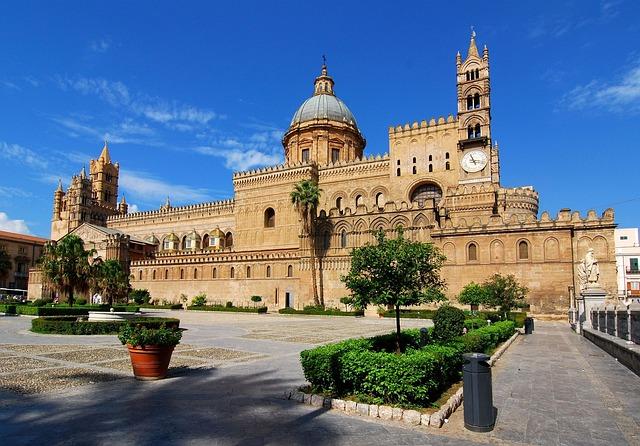
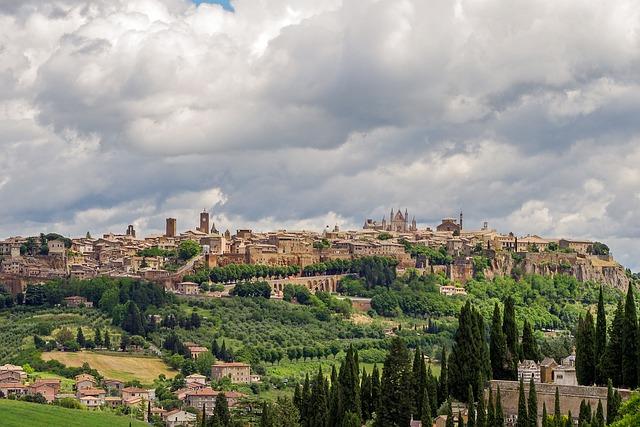
- Puglia: or Apulia (its lesser common Latin name), located in the “heel” of Italy’s boot, Puglia offers a beautiful coastline, charming villages, and delicious local cuisine. Don’t miss the unique trulli houses in Alberobello and the stunning white city of Ostuni.
- Cinque Terre: This collection of five colorful cliffside villages along the Ligurian Coast is perfect for hikers and nature lovers. Explore the scenic coastal trails and indulge in delicious seafood and local wines.
- Sicily: The largest island in the Mediterranean, Sicily boasts a rich history, diverse landscapes, and delectable cuisine. Explore ancient Greek temples, Baroque architecture, and the active volcano Mount Etna.
- Umbria: Often overshadowed by its neighbor Tuscany, Umbria offers lush landscapes, medieval hill towns, and a slower pace of life. Visit the beautiful town of Assisi, the birthplace of St. Francis, and the charming city of Perugia.
Passport and Schengen VISA
Before embarking on your Italy trip, it’s essential to have the proper travel documents in place. Ensuring that you have the necessary paperwork will help you avoid any complications or delays during your journey. Here are the key travel documents you’ll bring:
- Passports
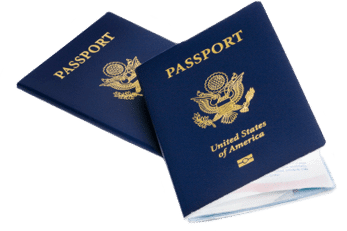
All travelers, regardless of their nationality, must have a valid passport to enter Italy. Ensure that your passport is up-to-date and has at least six months of validity remaining from your planned date of departure. Check the expiration date well in advance of your trip, as processing a new passport or renewal can take several weeks or longer.
- Visas
Depending on your nationality, you may be required to obtain a visa for your trip to Italy:
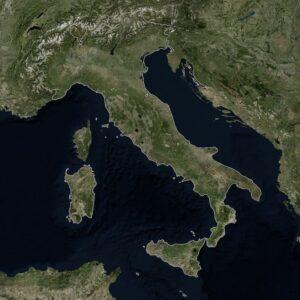
- European Union (EU) citizens: If you’re a citizen of an EU member country, you can enter Italy without a visa for short stays (up to 90 days) for tourism, family visits, or business purposes. You will still need a valid passport or national identity card to enter the country.
- Non-EU citizens: Travelers from many non-EU countries, including the United States, Canada, United Kindom, Australia, and Japan, can enter Italy visa-free for short stays of up to 90 days within a 180-day period for tourism, family visits, or business purposes. However, you must have a valid passport, and you may be required to provide proof of sufficient funds and a return ticket.
For citizens of other countries or those planning longer stays in Italy, a visa may be required. Consult the Italian consulate or embassy in your country for specific visa requirements and application procedures.
Check if you need to apply Schengen VISA, Italy’s Schengen VISA appointments can be hard to book. After the VISA interview, the official processing time is 3 weeks. Make sure to allow ample time for processing your visa application, as it can take several weeks or longer. It is safer to plan the trip after you have seized the VISA appointment.
- Travel insurance

While not a mandatory requirement for entering Italy, purchasing travel insurance is highly recommended. A comprehensive travel insurance policy can provide coverage for medical emergencies, trip cancellations, lost luggage, and other unforeseen events that may occur during your trip. Make sure to review the coverage details and exclusions carefully before purchasing a policy. It’s also a good idea to carry a copy of your travel insurance documents with you while traveling.
Currency, Payment and Budget
Managing your finances and setting a budget for your Italy trip is essential to ensure a smooth and enjoyable travel experience. In this section, we’ll discuss currency, exchanging money, using credit cards, and tips for estimating daily expenses to help you set a realistic budget for your journey.
Exchanging money
Currency: Italy uses the Euro (€) as its official currency. Banknotes come in denominations of 5, 10, 20, 50, 100, 200, and 500 euros, while coins are available in 1, 2, 5, 10, 20, and 50 cents, as well as 1 and 2 euro denominations.
Exchanging money: It’s a good idea to have some euros on hand upon arrival in Italy. You can exchange money at banks, exchange bureaus, or airports, but be aware that airport exchange rates are typically less favorable. Alternatively, you can withdraw euros directly from ATMs (called “Bancomat” in Italy) using your debit card. ATMs are widely available in cities and towns, and often offer better exchange rates than currency exchange bureaus. Be sure to notify your bank about your travel plans to avoid any issues with your card while abroad.
Using credit cards, Apple Pay and Google Pay
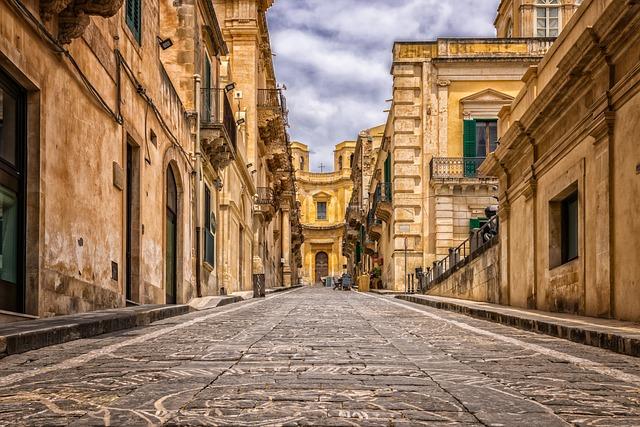
Credit cards: Major credit cards, such as Visa and Mastercard, are widely accepted in Italy, particularly in hotels, restaurants, and tourist areas. Inform your credit card carrier before your trip. Smaller establishments, such as family-run restaurants or shops, may only accept cash. It’s a good idea to carry some cash with you for these situations.
Remember to inform your credit card company about your travel plans and inquire about any foreign transaction fees that may apply.
Apple Pay and Google Pay: After COVID, most of Italy’s stores have upgraded touchless POS machine. It is very convenient to use Apply Pay, Google Pay or other App payment.
Estimating daily expenses and setting a budget
Your daily expenses in Italy will depend on your travel style, the destinations you visit, tourist seasons, and the activities you choose. Here are some rough estimates to help you set a daily budget:
Accommodation: Depending on your preference, you can choose from budget hostels (€20-€40 per night), mid-range hotels (€70-€150 per night), or luxury hotels (€200 and up per night). Vacation rentals and Airbnb options are also available at various price points.

Food: Meals in Italy can range from inexpensive pizza or panini (€5-€10) to mid-range trattorias and restaurants (€15-€40 per person) or high-end dining experiences (€50 and up per person). Don’t forget to factor in the cost of gelato, espresso, and other Italian treats you’ll want to indulge in during your trip.
Transportation: If you’re traveling between cities, consider the cost of train tickets (€20-€80, depending on distance and class), buses (€10-€40), or rental cars (€30-€70 per day, plus fuel costs). Within cities, budget for public transportation, taxis, or rideshare services. Check out our separate article about Italy Transportation Guide, Rome Metro Guide, Venice Transport Guide.
Attractions and activities: Many of Italy’s famous landmarks, museums, and galleries charge admission fees, which can range from €5 to €20 or more. If you plan to visit multiple attractions, consider purchasing city or museum passes that offer discounted or free admission. Checkout our separate articles for each major tourist city.
Miscellaneous expenses: Set aside funds for shopping, souvenirs, and unexpected expenses, such as tips or additional transportation costs.
Tipping
In general, tipping is not as common or expected in Italy as it is in some other countries. However, there are still situations where tipping is appropriate and appreciated. Here’s a brief guide to help you navigate tipping etiquette during your trip to Italy:
- Restaurants and cafes
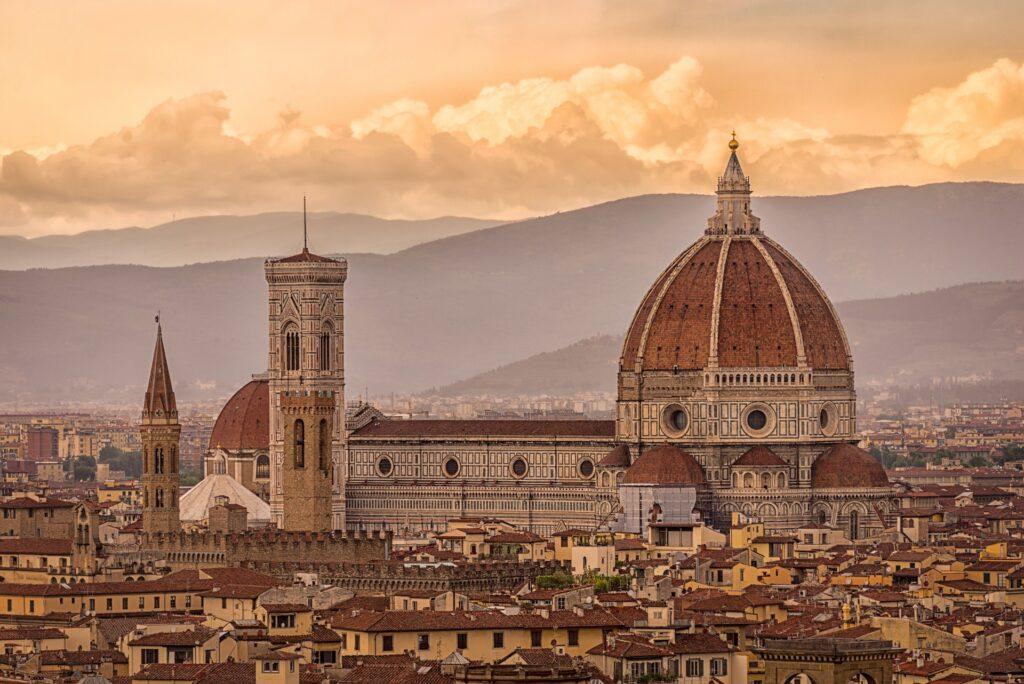
In Italy, a service charge (servizio) is often included in the bill at restaurants, usually around 10-15%. This charge is typically noted on the menu and is meant to cover service and tip. In this case, you are not obligated to leave an additional tip. However, if the service was exceptional or the servizio is not included, it’s customary to leave a small tip, usually around 5-10% of the bill. For a quick coffee or drink at a bar, you can round up the bill or leave some small change as a tip, usually €0.10 or €0.20.
- Taxis
Tipping taxi drivers in Italy is not mandatory, but it is appreciated for good service. You can simply round up the fare to the nearest euro or add 5-10% for longer rides.
- Hotel staff
For hotel staff, such as bellhops or housekeeping, it’s customary to leave a small tip of around €1-2 per bag or per day of your stay. This gesture shows your appreciation for their service and assistance during your stay.
- Tour guides
If you’re on a guided tour, it’s appropriate to tip your guide if you’re happy with the service. A tip of €5-10 per person for a full-day tour or €2-5 per person for a half-day tour is a suitable amount.
In summary, tipping in Italy is generally more modest and discretionary than in some other countries. It’s important to be aware of local customs and adjust your tipping practices accordingly. When in doubt, rounding up the bill or leaving a small token of appreciation is always a safe and polite choice.
Accommodations and Dining
Finding the right accommodations and discovering Italy’s culinary delights are essential aspects of any trip to this beautiful country. In this section, we will explore various accommodation options and provide tips for experiencing Italy’s renowned dining scene.
Accommodation options
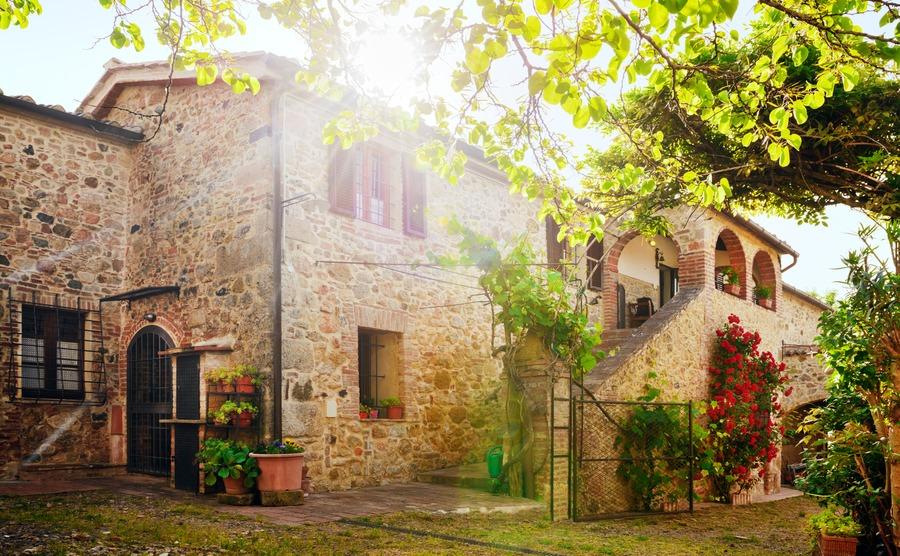
Italy offers a wide range of accommodations to suit different preferences and budgets. Some popular options include:
Hotels: Hotels are available in various categories, from budget to luxury, and are often located in central areas or near popular attractions. Many hotels offer amenities such as breakfast, Wi-Fi, and concierge services.
Airbnb: For those seeking more privacy or the comforts of home, vacation rentals and Airbnb properties are available throughout Italy. These options can range from small apartments to entire villas, catering to different group sizes and preferences.
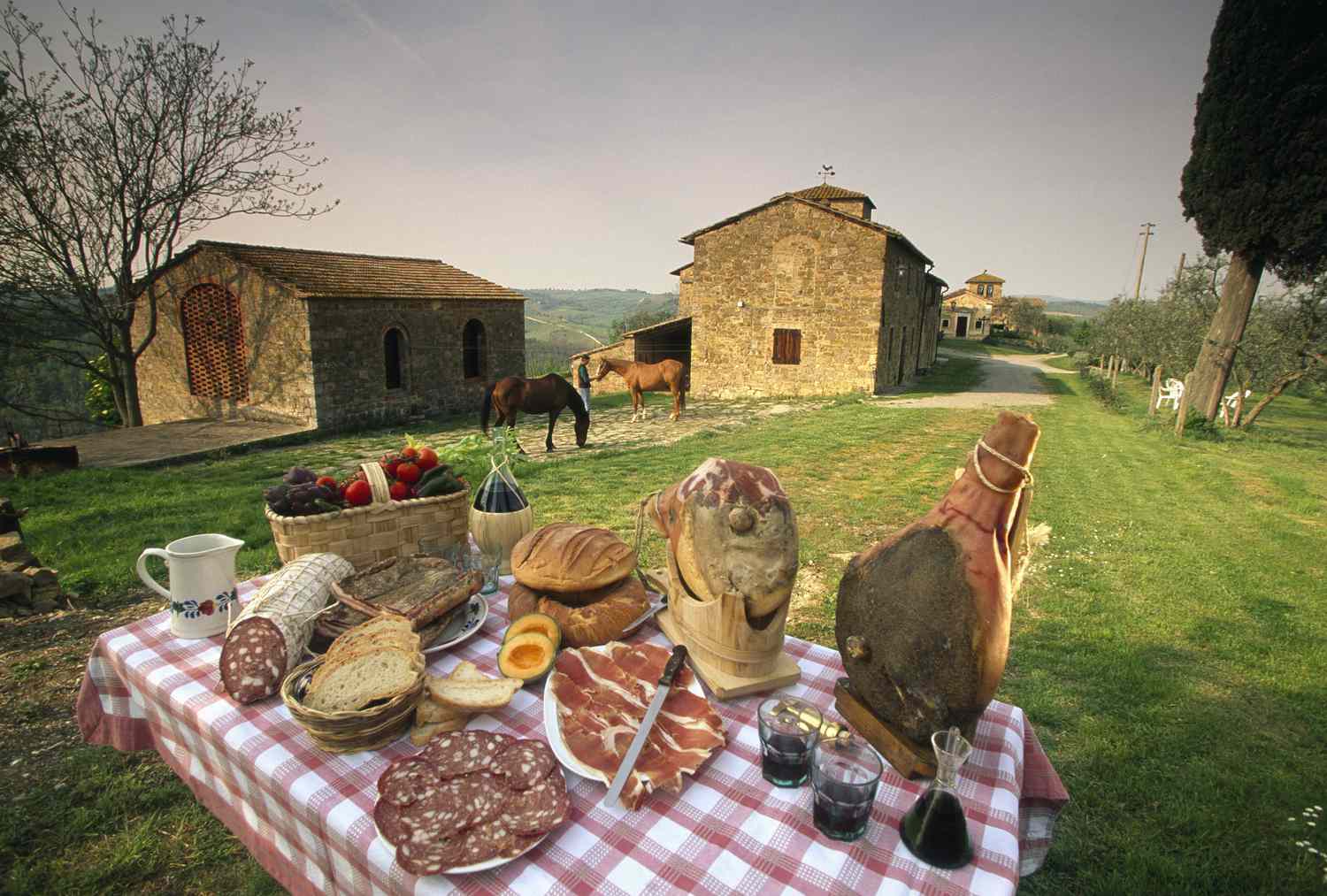
Hostels: Budget travelers and backpackers can choose from a variety of hostels, which offer affordable dormitory-style accommodations and communal facilities.
Agriturismo: Agriturismo properties are farm stays that provide a unique opportunity to experience Italy’s countryside and rural life. Guests can enjoy home-cooked meals, learn about local farming practices, and participate in activities such as horseback riding or wine tasting.
Dining in Italy
Italian cuisine is world-famous for its delicious flavors, regional specialties, and fresh ingredients. To make the most of your dining experiences in Italy, consider the following tips:

Try local specialties: Each region of Italy boasts unique culinary traditions and dishes. Be adventurous and sample local specialties, from Neapolitan pizza in Naples to tagliatelle al ragù in Bologna.
Visit family-run restaurants and trattorias: For an authentic taste of Italian cuisine, seek out family-run restaurants and trattorias that serve homemade dishes and use locally sourced ingredients.
Book reservations in advance: Popular restaurants, especially in tourist areas, can fill up quickly. To avoid disappointment, make reservations in advance, especially for dinner.
Enjoy aperitivo: Aperitivo is a pre-dinner ritual in Italy that involves enjoying drinks and small appetizers in a relaxed atmosphere. Visit local bars and cafes in the early evening to partake in this social tradition.
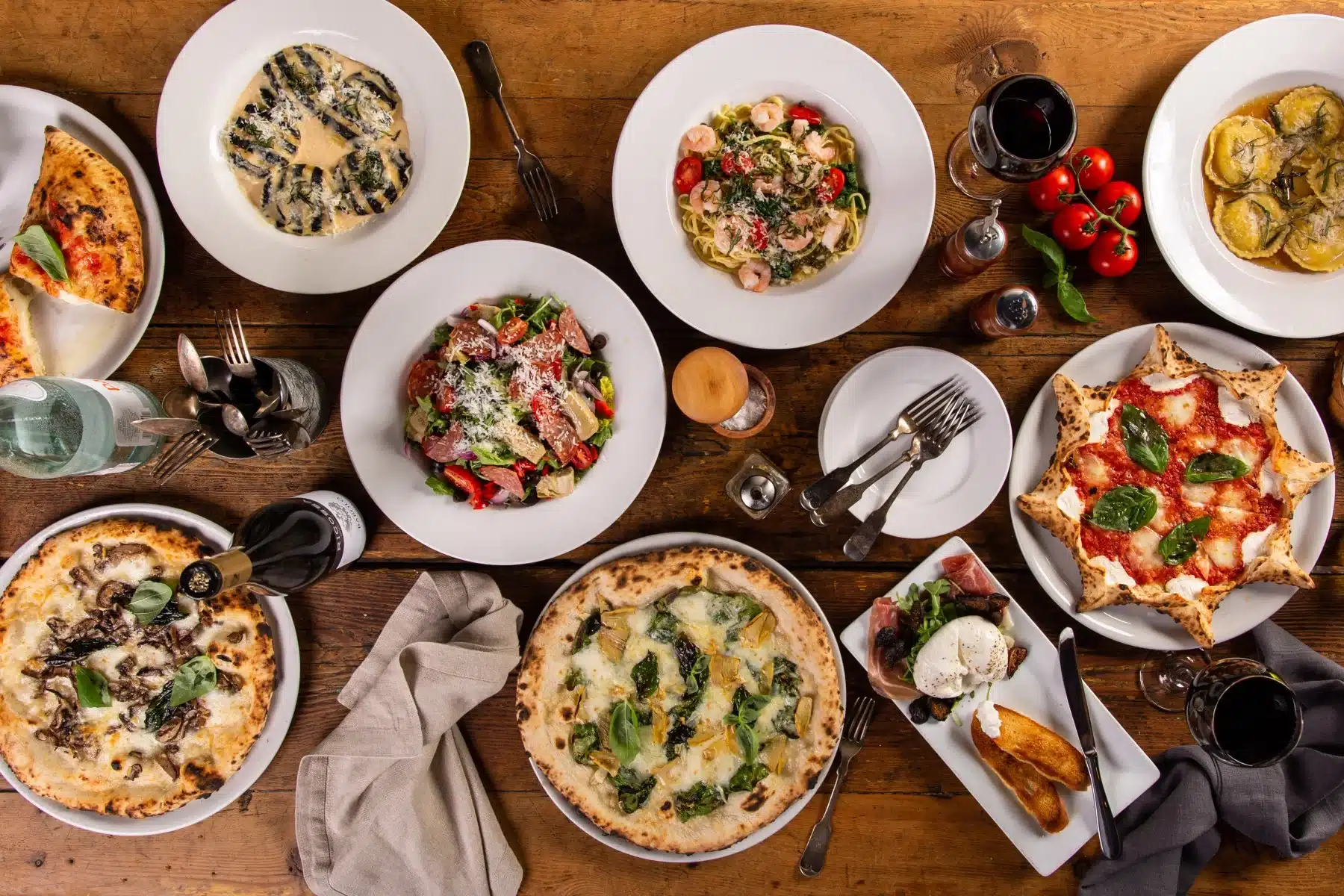
Respect mealtime customs: Italians typically dine later in the evening, with dinner starting around 8 or 9 p.m and many restaurant opens at 7 p.m. Lunch is often a leisurely affair, with many businesses and attractions closing for a midday break. Be mindful of these customs and plan your sightseeing and meal times accordingly.
Immersing yourself in Italy’s rich culture and language is an integral part of any trip to this beautiful country. By learning about Italian customs, traditions, and language, you’ll enhance your travel experience and develop a deeper appreciation for Italy’s unique charm. In this section, we’ll discuss ways to explore Italy’s culture and language during your journey.
Exploring Italy’s Culture and Language
Learning basic Italian phrases

While English is widely spoken in tourist areas, learning some basic Italian phrases can greatly enhance your travel experience. Not only will you be able to navigate Italy more easily, but you’ll also be able to better connect with locals and show respect for their culture. Here are some essential Italian phrases to learn before your trip:
- Buongiorno (Good morning)
- Buonasera (Good evening)
- Per favore (Please)
- Grazie (Thank you)
- Mi scusi (Excuse me)
- Non capisco (I don’t understand)
- Dove si trova…? (Where is…?)
- Quanto costa? (How much does it cost?)
Experiencing Italian cuisine
Italian cuisine is famous for its delicious flavors, fresh ingredients, and regional diversity. Make sure to try local dishes and specialties during your trip, such as pasta, pizza, gelato, and espresso. Visit family-run trattorias, local markets, and street food vendors for an authentic taste of Italy’s culinary culture.
Appreciating Italian art and architecture
Italy is home to some of the world’s most famous art and architectural masterpieces. From the ancient ruins of Rome to the Renaissance treasures of Florence and the Baroque splendor of Venice, the country is filled with incredible sights that showcase its rich history and artistic heritage. Visit museums, galleries, churches, and historic sites to gain a deeper understanding of Italy’s cultural legacy.
The Key to a Successful Italy Trip
A well-prepared journey to Italy can make all the difference in ensuring a memorable and enjoyable experience. From choosing the right destinations and obtaining necessary travel documents to understanding the local culture and language, thorough preparation allows you to make the most of your Italian adventure.
As you plan your trip, remember to:
- Determine the best time to visit Italy based on your interests and preferences.
- Choose your destinations wisely, balancing iconic attractions with lesser-known gems.
- Obtain all necessary travel documents, such as a valid passport and any required visas.
- Familiarize yourself with the local currency and create a realistic budget for your trip.
- Pack appropriately, considering the weather, local customs, and the option to shop for stylish clothing in Italy.
- Explore Italy’s rich culture and language by learning basic phrases, appreciating art and architecture, and engaging with locals.
- Consider various accommodation options and embrace Italy’s renowned dining scene.
- Prioritize safety and health considerations to ensure a worry-free experience.
By thoroughly preparing for your Italy trip, you can minimize potential challenges and fully immerse yourself in the beauty, history, and culture of this incredible country. Happy travels and enjoy your unforgettable Italian adventure!

